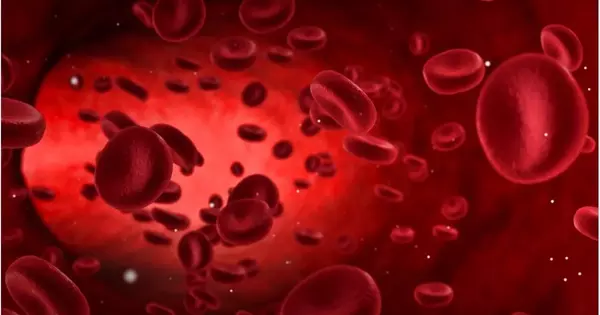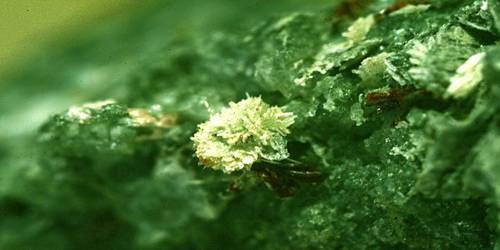Coagulopathy (also known as a bleeding disorder) is a condition that impairs the blood’s ability to coagulate (form clots). It is a condition in which the blood’s ability to clot is impaired, resulting in prolonged or excessive bleeding. This condition can result in a proclivity for prolonged or excessive bleeding (bleeding diathesis), which can occur spontaneously or as a result of an injury or medical or dental procedures. Some coagulopathies are medical conditions in and of themselves, but they can also be a complication of other medical conditions.
It is worth noting that coagulopathies are sometimes incorrectly referred to as “clotting disorders”; a clotting disorder is a proclivity for clot formation (thrombus), also known as a hypercoagulable state or thrombophilia.
Causes
A coagulopathy occurs when clotting is inadequate or non-existent. Coagulation factors are proteins that allow for the formation of blood clots. Bleeding can occur after an injury to a body part. Clots are formed by blood cells to stop bleeding and prevent excessive blood loss. Once the injury has healed, the body will break down the clot.
Platelets and clotting factors are required for blood clotting. Low levels of one or more of these proteins cause coagulopathy. It can also happen if your platelet count is low. Clotting factors can be reduced in some genetic disorders, such as hemophilia and von Willebrand’s disease.
Signs and symptoms
Internal or external bleeding may occur as a result of coagulopathy. Uncontrolled bleeding can harm joints, muscles, and internal organs and can be fatal if not treated. Serious symptoms, such as heavy external bleeding, blood in the urine or stool, double vision, severe head or neck pain, repeated vomiting, difficulty walking, convulsions, or seizures, should be treated as soon as possible. If they experience mild but unstoppable external bleeding or joint swelling and stiffness, they should seek immediate medical attention.
Mechanism
The normal clotting process is dependent on the interaction of different proteins in the blood. Coagulopathy is caused by low or absent levels of blood-clotting proteins known as clotting factors or coagulation factors. Clotting factors can be reduced in genetic disorders such as hemophilia and Von Willebrand disease.
Warfarin and other anticoagulants will also prevent clots from forming properly. Coagulopathy can also occur as a result of platelet dysfunction or low platelet levels (small disk-shaped bodies in the bloodstream that aid in the clotting process).
Diagnostic
The diagnostic is based on an objective analysis of a patient’s habits (the type of medication they’re taking, if they have allergies, if they’ve had a blood transfusion, if they smoke or drink, and so on), the patient’s medical history, blood analysis, and tests to evaluate blood clotting.
Treatment
If a person has coagulopathy, their doctor may prescribe medications or replacement therapy to help them manage their symptoms. Replacement therapy replaces clotting factors that have been reduced or eliminated with proteins derived from human blood or created in the laboratory. This therapy can be used to treat existing bleeding or to prevent it from happening in the first place.
















